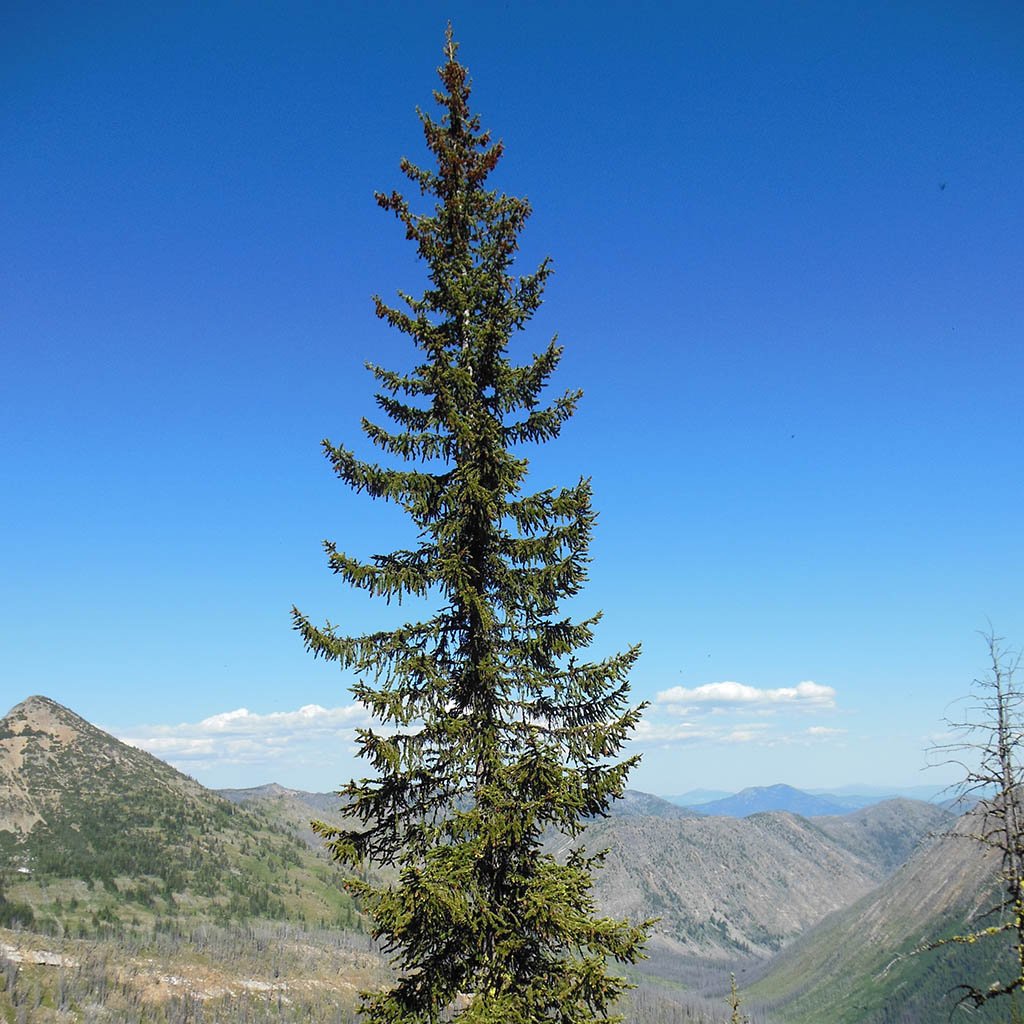Pure Sage (prairie) Hydrolat (Hydrosol)
Family: Lamiaceae
Latin name: Artemisia frigida
Origin: Southwestern, USA
Farming Method: Wild Crafted
Plant Parts: Outer branches
Process: First distillation water that separates from Sage prairie Essential Oil (Essence)
Additional Information: No additives or preservatives. A member of the sunflower family, Artemisia frigida (Prairie Sage) is a flowering plant historically used by indigenous peoples of North America for coughs, colds and heartburn.
Prairie Sage Hydrolat, from the silvery-green leaves of Artemisia frigida, is a gentle yet deeply grounding aromatic water that bridges the worlds of herbal medicine and spiritual ritual. Native to the vast grasslands and high plains of North America, this resilient plant—also known as Prairie Sagewort or Fringed Sage—has long been revered by Indigenous cultures for its healing, protective, and ceremonial properties.
The hydrolat produced through steam distillation of the plant’s aerial parts, carries a soft, herbaceous scent with earthy undertones that evoke the open prairie and ancestral memory. Traditionally, it has been used to:
Support respiratory health and ease congestion
Soothe inflammation
Calm irritated skin, reduce swelling
Heal insect bites
Disinfect and soothe minor wounds
Spiritual & Emotional Benefits
Emotionally, Prairie Sage hydrolat is a balm for the spirit. Its grounding aroma helps release emotional heaviness, grief, and mental fog, restoring clarity and calm. It is often used in energetic cleansing rituals—spritzed around the body or space to clear stagnant energy and invite renewal. Spiritually, it is considered a sacred purifier. Many Native American tribes include Prairie Sage among the Four Sacred Medicines, alongside sweetgrass, cedar, and tobacco. The plant is burned in smudging ceremonies, carried in medicine bundles, and used to prepare sacred space for prayer, healing, and transformation.
Historical & Cultural Significance
Historically, Prairie Sage played a vital role in Indigenous healing systems. The Cheyenne used it in Sun Dance purification rituals, while the Blackfeet chewed its leaves for heartburn and applied them to wounds. The Arapaho, Comanche, Navajo, and Ute tribes incorporated it into teas, salves, and ceremonial practices. Ethnobotanical records describe its use for “mountain fever,” nosebleeds, and general malaise—testament to its versatility and revered status.
Today, our artisan-produced Prairie Sage hydrolat continues to be a beloved ally for those seeking gentle healing and spiritual connection. Its ability to harmonize body, mind, and spirit makes it a valuable tool in holistic wellness, especially for sensitive individuals, children, and those navigating emotional transitions.
It was used to heal wounds and, interestingly, the Zuni people dipped sprigs of the plant in water and then planted it with the corn, so that it grew more abundantly. The Chippewa used it in many ways, including placing it in the nostrils and mouth as protection when working with the dead or diseased. Other First Peoples burned it to keep mosquitoes away and chewed the leaves for indigestion.
These ancient uses inform us today: Obviously the coughs and colds suggest it would be great to add to your diffuser water, (25% would be a good place to start), and this would also help to disinfect an area frequented by outside visitors (retail spaces, office spaces). You can disinfect wounds with a gentle spray, and diffuse on porches or other open areas to discourage mosquitoes. Spiritually and emotionally, Prairie Sage supports attitudes and manifestation of abundance, and also can be used ceremonially for purifying an area or participants at a sacred event.
Common names: Fringed sage, Sage Wort.
Pure Sage Essential Oils (Essence) are also available.





